Masking is defined as the efforts made by individuals to minimise the appearance of differences. Similar to autism, masking lies on a spectrum, with great variation between autistic young people both in strategies used, and the extent to which they do mask.
What does masking involve, why does it occur and what are the consequences?
For the autistic young people that are masking, research tells us that this can involve hiding emotions (happiness, sadness, anxiety), suppressing anything that might suggest they are different (sensory differences, motor difficulties, academic difficulties), copying or mimicking voices, and, in some cases, either suppressing or completely changing parts of their personality in order to present as ‘more’ neurotypical.
Autistic young people may engage in masking as a response to negative social experiences, such as bullying, and the fear of being judged as different or strange, which in part may result from having a stigmatised diagnostic label.
Autistic young people also report masking as a strategy to fit in and be ‘more’ neurotypical, something which may inadvertently be exacerbated by social skills interventions. Interventions that focus on improving specific social skills (e.g., eye contact) may indirectly perpetuate a harmful narrative which suggests that the way autistic young people communicate is not ‘correct’ and that they should change their communication style to ‘fit’ in, leading to further attempts to mask.
While masking can lead to short-term success in social situations, it often results in exhaustion/ autistic burnout, identity loss, and has been linked with school avoidance as well as mental health issues such as depression and anxiety. In addition, due to hiding difficulties. those who mask a lot more are more likely to be missed or considered less needy of support by school and support services.
Do all autistic young people mask?
Research highlights that not all autistic young people engage in masking. For those that don’t, what appears to make the difference is having an absence of negative social experiences (e.g., bullying) and having supportive family, school environments and friends who provide them with instances (not always) where they can feel able to be themselves. In particular, research shows that the freedom for an autistic individual to be themselves, is more likely to occur when they have opportunities to interact with other neurodivergent individuals.
So, what can you as a school do?
Understanding & Support
Masking for autistic young people has an important function and is very often used for completely valid reasons. As parents and teachers, the goal should not be to remove or stop masking, but instead to understand its causes and try to support and target these (e.g., bullying, stigmatized label).
Social Networks
Positive social experiences and friendships appear to have a significant protective role. Therefore, schools should try to consider whether those who are masking have social networks, and in particular, neurodivergent networks, and if not, try to build these. This could involve setting up lunchtime clubs based on autistic young people’s interests or STEM clubs based on the same. Importantly involving autistic young people in the creation of these clubs may be key for their success.
Language & Labels
Another driver of masking is a feeling of difference. This, in part, derives from being diagnosed with a label that frames symptoms in terms of dysfunction and impairment. Schools should, therefore, consider the language they use around autism and consider adopting a neurodivergent model where traits such as social communication difficulties are instead recognised as social communication differences.”
Praise
Be mindful of praising what appear to be social skills more in line with a neurotypical way of communicating. Instead focus on praising autistic young people’s bravery to share their experiences of being autistic in a neurotypical world and their openness and general efforts to communicate.
Assess
Masking is a part of typical adolescent development, utilised by humans to navigate social situations and form positive impressions. It is, therefore, important to ensure that we consider the extent to which autistic young people are masking and whether or not this is severe, leading to harmful consequences.
LEANS Approach
Many autistic young people report experiences of bullying and victimisation, suggesting this is often a big reason for masking. Schools should, therefore, seek to improve other pupils’ understanding of and approach to difference. The LEANS approach is a free resource for teaching pupils about difference through a neurodiversity lens Learning About Neurodiversity at School (LEANS) | Salvesen Mindroom Research Centre (ed.ac.uk)
Self Understanding
It will be important to consider the extent to which any social skills interventions are inadvertently encouraging or emphasising ‘neurotypical’ ways of communicating. Instead of focusing on improving specific skills, social skills interventions should focus on supporting autistic young people to reflect on social situations and develop a deeper understanding of their own and others thoughts and feelings.

